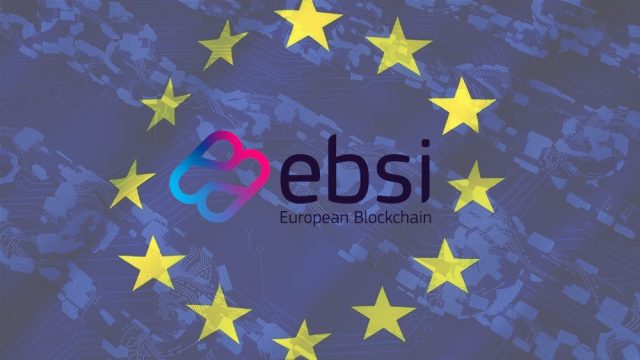
In October 2017, the European Council requested the European Commission to put forward a European proposal to implement blockchain in the Union, after such digital technology having been widely used for crypto-currencies.
In February 2018, the Commission launched its EU Blockchain Observatory and Forum, committing to invest € 300 million in projects supporting the use of blockchain in a number of areas through its programme Horizon 2020.
The EU Blockchain Observatory and Forum aims to accelerate blockchain innovation and the development of the “blockchain ecosystem” within the EU and so help position Europe as a world leader in this new digital technology.
Horizon 2020 was the EU’s research and innovation funding programme from 2014-2020 with a budget of nearly € 80 billion.
On 10 April 2018, 21 European Union Member States plus Norway signed a Declaration for cooperation on a European Blockchain Partnership. Since then, the pending Member Staties have all joined the partnership.
The Declaration states that blockchain technological systems can improve efficiency and enhance security, transparency and trust at both private and public sectors. Its purpose is to develop a blockchain infrastructure that can enhance digital services across borders within the “Digital Single Market”.
Supposedly, blockchain will enable a better use of public sector information while preserving data integrity, and providing better control of data by citizens and organisations interacting with public administrations, reducing fraud, improving recordkeeping, access, transparency and auditability, within and across borders.
The partnership fosters cooperation between Member States towards a “European ecosystem for blockchain services and applications”, in order to avoid fragmented approaches. Standardised solutions make sense, but unification of governance models does not seem necessary; perhaps coordination is enough.
Scalability of such unified solutions is an argument, particularly taking into account cross-border benefits. However, one could also argue that coordination through interoperability might serve the purpose, comply with the proportionality principle and avoid the risks of unification.
Indeed, blockchain poses a risk of creating monopolies. Larger entities involved can dominate transaction validation, limit the participation of other competitors and centralise power with a further abuse if such centralisation takes place in relationship with Brussels.
Despite the partnership being open to all European Free Trade Association (EFTA) and European Economic Area (EEA) nations, none of them except for Norway has joined it. Perhaps they share the mentioned risks. The UK, having been an initial co-signatory, abandoned the partnership when Brexit came into force as of 1 February 2020 and has not joined it since then, more than four years ago.
The European Commission has a certain experience on blockchain thanks to its own Connecting Europe Facility’s Digital Services Infrastructure, where services such as eID, eProcurement, eHealth, Online Dispute Resolution (ODR) and the Electronic Exchange of Social Security Information (EESSI) have successfully been deployed.
The 2018 Declaration proposed blockchain as a new Digital Service Infrastructure in the work programme under the Connecting Europe Facility. The Connecting Europe Facility is another EU funding instrument to promote growth, jobs and competitiveness through infrastructure investment at European level in the following sectors: energy, transport, and digital.
Since 2020, the European Commission and the European Blockchain Partnership are deploying a network of distributed nodes across Europe called the “European Blockchain Services Infrastructure” (EBSI), in order to accelerate the creation of cross-border services for public administrations and their systems.
The European Commission operates EBSI nodes at European level, while the Member States’ authorities operate nodes at a national level. Despite the technological attractiveness, we have to raise a yellow flag: none of its principles produces clarity against the risk of EU centralisation benefitting from blockchain as currently conceived in EBSI. On the contrary, examples of its potential use seem to drive to such centralisation, such as a “self-sovereign identity model in Europe”, or a “European Social Security Pass”.
Source of image: Observatorio Blockchain



 Subscribe
Subscribe